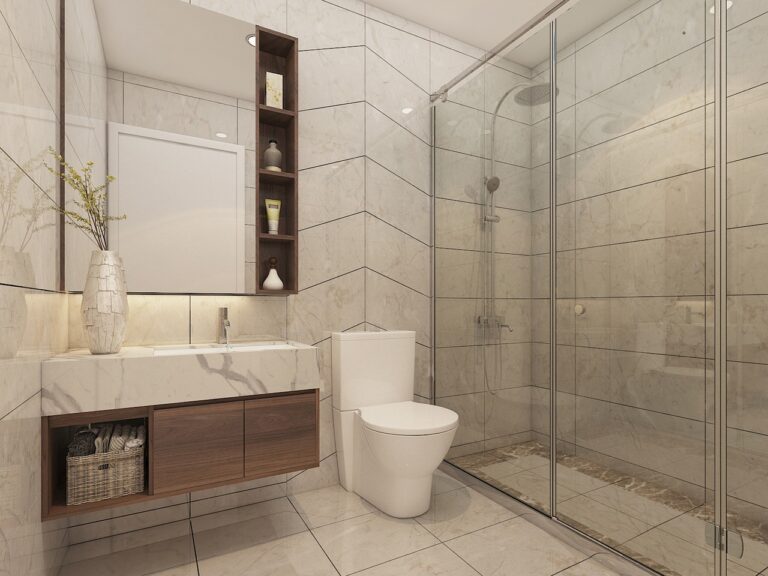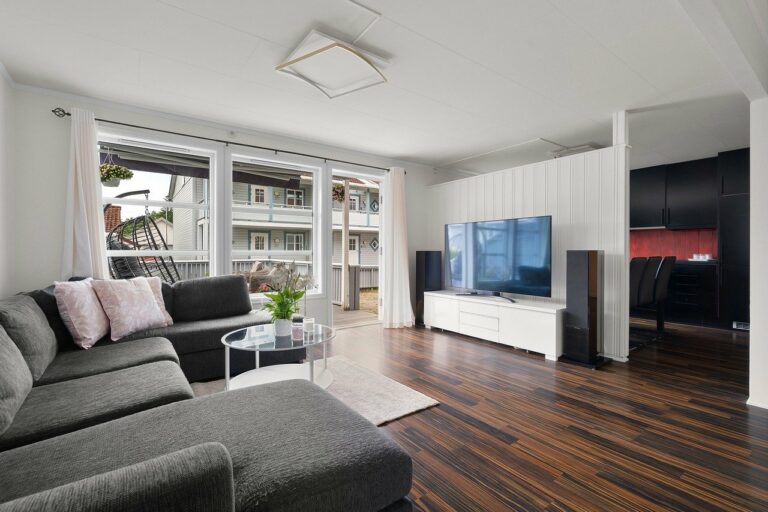Weather Stripping for Co-Op Housing: Cricket bet 99, Sky11, Reddy anna online book id
cricket bet 99, sky11, reddy anna online book id: Weather Stripping for Co-Op Housing
As a resident of co-op housing, you know the importance of keeping your home comfortable and energy-efficient. One simple yet often overlooked way to achieve this is by installing weather stripping. Weather stripping is a cost-effective solution that can help reduce energy costs, increase comfort, and improve the overall efficiency of your co-op housing unit. In this article, we’ll explore everything you need to know about weather stripping for co-op housing.
What is Weather Stripping?
Weather stripping is a material used to seal gaps and prevent air leaks around doors and windows. It helps to keep your home insulated, preventing hot or cold air from escaping and outside air from entering. By effectively sealing these gaps, weather stripping can reduce the workload on your heating and cooling systems, ultimately saving you money on energy bills.
Why Weather Stripping is Important for Co-Op Housing
Proper weather stripping is crucial for co-op housing for several reasons. First and foremost, it helps to maintain a comfortable indoor temperature, regardless of the weather outside. This means you can stay warm during the winter and cool during the summer without overworking your HVAC system. Additionally, weather stripping can improve indoor air quality by reducing drafts and preventing dust, pollen, and other allergens from entering your home. By creating a tight seal, weather stripping also helps to minimize noise pollution, creating a quieter and more peaceful living environment for co-op residents.
Benefits of Weather Stripping
There are numerous benefits to installing weather stripping in your co-op housing unit. Some of the key advantages include:
1. Energy Efficiency: Weather stripping can help reduce energy consumption by preventing air leaks, which can account for up to 30% of heating and cooling costs.
2. Cost Savings: By improving energy efficiency, weather stripping can lead to significant savings on utility bills over time.
3. Increased Comfort: Properly sealed doors and windows can help maintain a consistent indoor temperature, making your home more comfortable year-round.
4. Environmental Impact: By reducing energy consumption, weather stripping can help lower your carbon footprint and contribute to a more sustainable living environment.
Types of Weather Stripping
There are several types of weather stripping available, each with its own unique features and benefits. The most common types include:
1. Foam Tape: Easy to install and affordable, foam tape is a popular choice for sealing small gaps around doors and windows.
2. V-seal: This type of weather stripping features a V-shaped design that provides a tight seal against drafts and moisture.
3. Felt: Felt weather stripping is durable and effective at sealing gaps, making it ideal for high-traffic areas.
4. Door Sweep: A door sweep is a strip of material attached to the bottom of a door to prevent drafts from entering.
5. Silicone: Silicone weather stripping is flexible and weather-resistant, making it a great option for outdoor use.
6. Door Jamb: Door jamb weather stripping is installed around the perimeter of a door frame to create a tight seal.
Installation Tips
Installing weather stripping in your co-op housing unit is a simple and cost-effective way to improve energy efficiency and comfort. Here are some tips to help you get started:
1. Measure: Before purchasing weather stripping, carefully measure the gaps around your doors and windows to ensure you get the right size.
2. Clean: Make sure the surfaces where you will be applying weather stripping are clean and free of dust and debris.
3. Apply: Follow the manufacturer’s instructions to apply the weather stripping securely to create a tight seal.
4. Test: After installation, check for any gaps or drafts by running your hand along the edges of doors and windows.
5. Maintain: Regularly inspect weather stripping for wear and tear and replace it as needed to ensure optimal performance.
FAQs
Q: How long does weather stripping last?
A: The lifespan of weather stripping can vary depending on the type of material used, the quality of installation, and the amount of wear and tear it experiences. On average, weather stripping can last anywhere from 3 to 10 years.
Q: Can weather stripping be used on all types of doors and windows?
A: Weather stripping is versatile and can be applied to most doors and windows, including wood, metal, and vinyl. Make sure to choose the appropriate type of weather stripping for the specific material and size of your doors and windows.
Q: Will weather stripping damage my doors or windows?
A: When installed correctly, weather stripping should not cause any damage to your doors or windows. In fact, it can help protect them by preventing drafts, moisture, and debris from entering.
Q: Can I install weather stripping myself, or should I hire a professional?
A: Weather stripping is a simple DIY project that can be easily done by most homeowners. However, if you are unsure or have complex doors or windows, it may be best to consult a professional for installation.
Q: Is weather stripping expensive?
A: Weather stripping is an affordable solution for improving energy efficiency and comfort in your co-op housing unit. Prices vary depending on the type of material and the amount needed, but overall, weather stripping is a cost-effective investment with long-term benefits.
In conclusion, weather stripping is a simple yet effective way to enhance the energy efficiency and comfort of your co-op housing unit. By sealing gaps around doors and windows, weather stripping can help reduce energy costs, increase indoor comfort, and create a more sustainable living environment. With a wide range of types and installation options available, it’s easy to find the right weather stripping solution for your specific needs. Consider implementing weather stripping in your co-op housing today to start reaping the benefits of a more energy-efficient and comfortable home.







